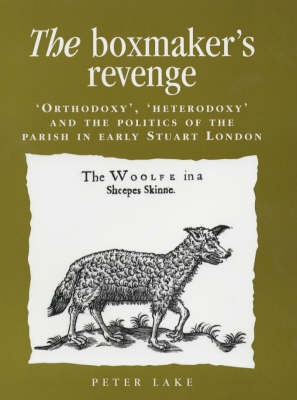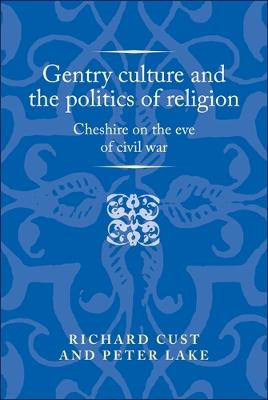Politics, Culture and Society in Early Modern Britain
2 total works
This history is based on a story. Its main protagonists are a London clergyman, Stephen Denison, and a lay sectmaster and prophet - John Etherington. The dispute between the two men blew up in the mid 1620s, but its reverberations can be traced backwards to the 1590s and forwards to the 1640s. Through Denison the book analyses the tensions and contradictions within the "religion of protestants" that dominated great swathes of the early Stuart church. Through Etherington it eavesdrops on a London puritan underground that has remained largely hidden from view and which, while it was related to - indeed, parasitic upon - was not coterminous with, the order- and orthodoxy-centred puritanism of Stephen Denison.
By placing the Denison/Etherington dispute in its multiple contexts the book becomes a study of puritan theology and intra-puritan theological dispute; of lay clerical relations and of the politics of the parish; (and thus of the social history of parish and puritan religion in London), of the local effects of national theological/political events such as the rise of Laudianism and the Personal Rule of Charles I; and thus, finally of the long term origins of the ideological cacophony of the 1640s.
By placing the Denison/Etherington dispute in its multiple contexts the book becomes a study of puritan theology and intra-puritan theological dispute; of lay clerical relations and of the politics of the parish; (and thus of the social history of parish and puritan religion in London), of the local effects of national theological/political events such as the rise of Laudianism and the Personal Rule of Charles I; and thus, finally of the long term origins of the ideological cacophony of the 1640s.
This book revisits the county study as a way of understanding the dynamics of civil war in England during the 1640s. It explores gentry culture and the extent to which early Stuart Cheshire could be said to be a 'county community'. It also investigates how the county's governing elite and puritan religious establishment responded to highly polarising interventions by the central government and Laudian ecclesiastical authorities during Charles I's Personal Rule. The second half of the book provides a rich and detailed analysis of petitioning movements and side-taking in Cheshire in 1641-2. An important contribution to understanding the local origins and outbreak of civil war in England, the book will be of interest to all students and scholars studying the English revolution.

